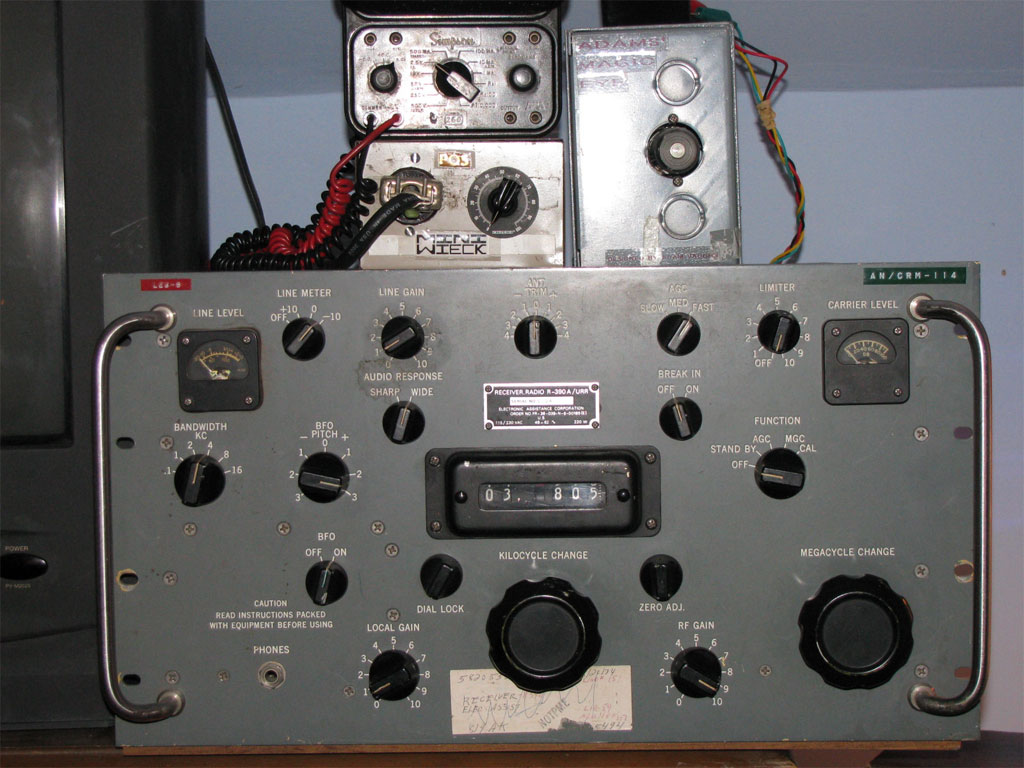Chuck(G)
25k Member
I'll confess that I hate throwing stuff out. My wife is something of a packrat too, so she doesn't mind my peccadillo.
At any rate, I've had this old UPS kicking around the shop for quite some time. It's an old unit that took 4 x 6 volt gel cells and claimed to provide 500W of backup power. At some point, it started blowing the low-voltage fuse, so I removed the batteries and stuck the unit in a corner, vowing to get back to it one day. Probably one of the high-power TO3 MOSFETs went bad.
The thing has an impressively large (22 lbs) transformer in it. Digging around in my other stuff, I located an old Variac and a couple of unused panel meters. Add a rectifier and presto--a low-voltage variable power supply. Coincidentally, the full-range output of the setup is 14.9VDC and it can deliver 30A without breaking a sweat--and that's exactly what I had meters for.
So, this is the result:

Anyone else do this sort of thing?
At any rate, I've had this old UPS kicking around the shop for quite some time. It's an old unit that took 4 x 6 volt gel cells and claimed to provide 500W of backup power. At some point, it started blowing the low-voltage fuse, so I removed the batteries and stuck the unit in a corner, vowing to get back to it one day. Probably one of the high-power TO3 MOSFETs went bad.
The thing has an impressively large (22 lbs) transformer in it. Digging around in my other stuff, I located an old Variac and a couple of unused panel meters. Add a rectifier and presto--a low-voltage variable power supply. Coincidentally, the full-range output of the setup is 14.9VDC and it can deliver 30A without breaking a sweat--and that's exactly what I had meters for.
So, this is the result:

Anyone else do this sort of thing?

